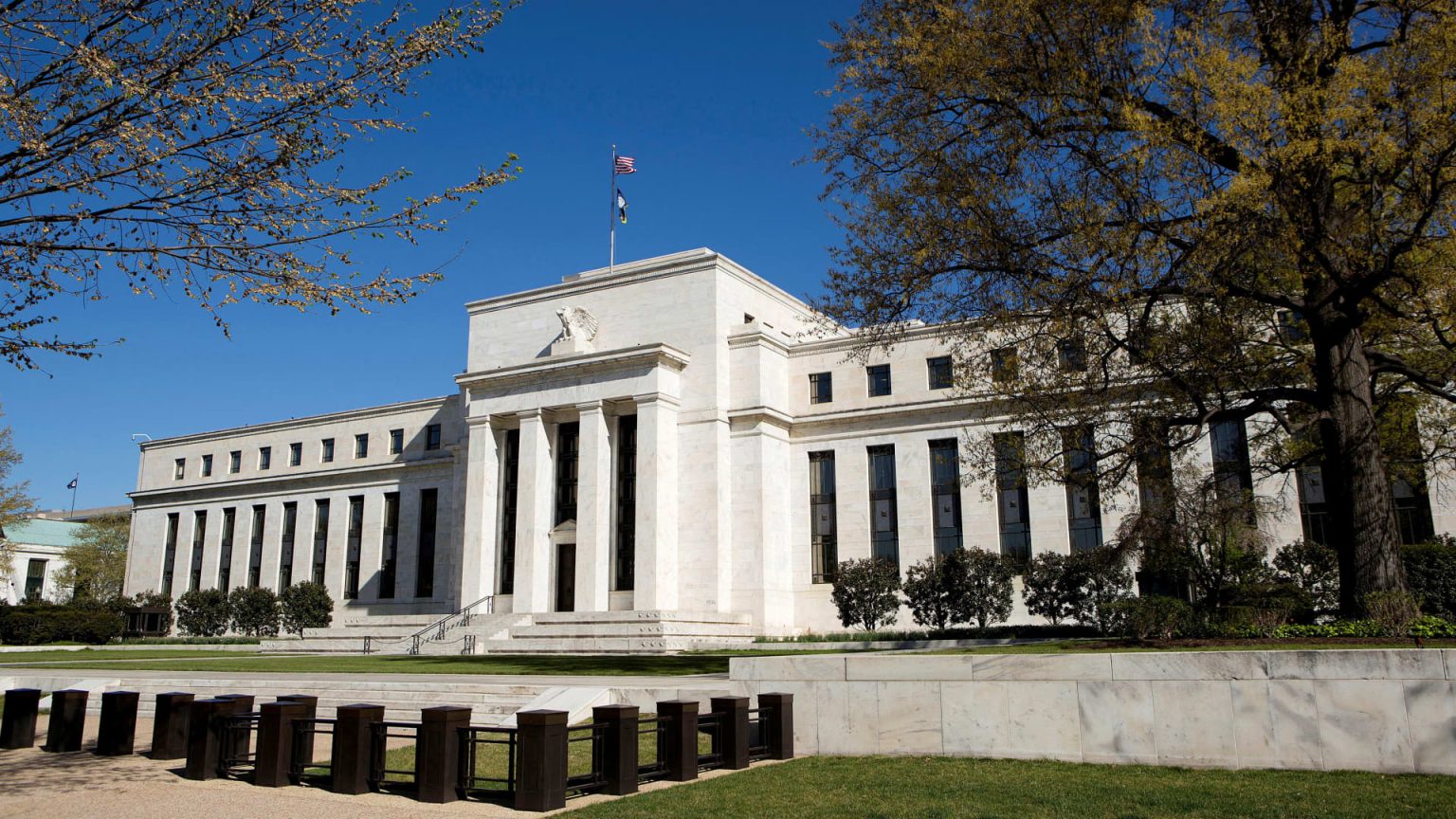DeAnne Julius, a former member of the Bank of England, believes that the U.S. Federal Reserve is likely to cut interest rates before the European Central Bank. She based her forecast on the Fed’s dual mandate, which considers both inflation and employment in the U.S. economy. While recent job figures point to a robust labor market and inflation has dropped, it is still above the Fed’s 2% target. Julius explained that the U.S. economy adjusts more quickly than other economies, making her predict that the Fed could make a move towards a rate cut in the second half of the year. Strong economic data from the United States has led to a reduction in market expectations for rate cuts from the Federal Reserve in 2024, with only about three expected now compared to initial forecasts of six rate cuts.
The Swiss economy was the first major economy to cut interest rates back in late March, signaling a shift in global monetary policy. Market players are currently pricing in a 92.8% chance that the European Central Bank will cut rates in June, while there is only a 53.5% chance of a cut by the Federal Reserve at their June meeting. Investors are closely monitoring central bank moves following a significant reduction in inflation across major economies, with expectations of reduced rates boosting equity markets since late 2023. Julius’s comments suggest that the U.S. economy’s resilience and quick adjustments may influence monetary policy decisions globally.
The European Central Bank is unlikely to change rates at their upcoming meeting, but markets are looking for clues on whether a rate cut could potentially happen in June. ECB President Christine Lagarde faces challenges in reaching a consensus among policymakers due to varying inflation rates in different euro zone countries. The ECB targets a 2% inflation rate for price stability, and recent data suggests that disinflation is continuing at a faster pace than expected. Lagarde has hinted at the possibility of lowering interest rates in June, but uncertainties remain about the path beyond that point. The June meeting will be significant as data from spring wage negotiations will be available, providing insights into the economic landscape.
Gilles Moëc, group chief economist at AXA Investment Managers, noted that the European economy appears to be stabilizing in low gear, with services prices remaining a concern despite improvements in inflation. The revision of inflation forecasts by the ECB seems to be validated by the latest consumer price index figures, which showed a slowdown in headline inflation to 2.4% in March from 2.6% in February. Moëc emphasized that future price behavior from firms and anaemic domestic demand are reassuring signs for the level of inflationary pressure in the pipeline. The ECB’s decision-making process is complex, involving economic analysis, political considerations, and the need to balance the diverse economies within the euro zone.
The evolving global economic landscape, characterized by reduced inflation and concerns about economic growth, has led to speculations about potential rate cuts by major central banks. Julius’s prediction that the Federal Reserve could cut rates before the European Central Bank reflects the current uncertainty and fluidity in monetary policy decisions. The market’s response to central bank moves, such as the Swiss interest rate cut and expectations of future rate cuts, demonstrates the impact of such decisions on investor confidence and equity markets. As central banks navigate through economic challenges and divergent inflation rates, policymakers face the difficult task of aligning monetary policy with various economic factors to support stability and growth in their respective regions.


